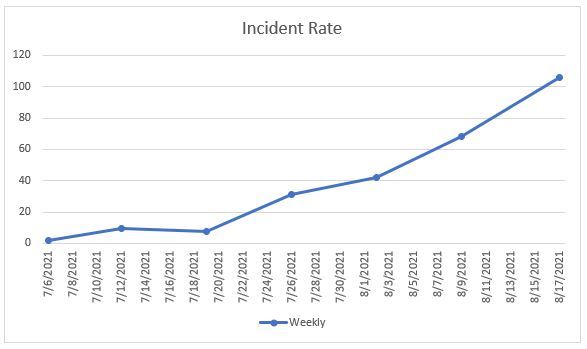A "super blue blood moon eclipse" will make it worth your while to peek at the moon as it rises in the sky this evening, then to catch it again before it sets Wednesday morning.
It's a "super moon" because the moon looks larger than usual to us while it is on the near side of its elliptical orbit around the earth.
It's a "blue moon" because it's the second full moon in a calendar month, after the last one on January 2 (also a super moon.) There will be another blue moon in March, when full moons occur on the first and last days of the month.
The moon will not actually look blue; it will have a "blood moon" reddish tint early on Wednesday morning as the first stages of the lunar eclipse take effect. There have been moons that really did look bluish, but those occurred after massive volcano eruptions or forest fires loaded the atmosphere with soot particles. That's not the case this time around.
For viewers in the Ohio River Valley, the total lunar eclipse Wednesday morning will just be taking full effect after 6 a.m., minutes before the moon sets at 6:59. The first effects of the penumbra (partial shadow) will be seen here around 5 a.m.
This total eclipse will be better viewed in the western U.S., and over the Pacific Ocean.
The coincidence of a super blue blood moon eclipse hasn't happened since 1982, and it won't be back until 2037.
On the Net:
Space.com guide to the Super Blue Blood Moon EclipseNASA TV coverage of the Super Blue Blood Moon Eclipse





